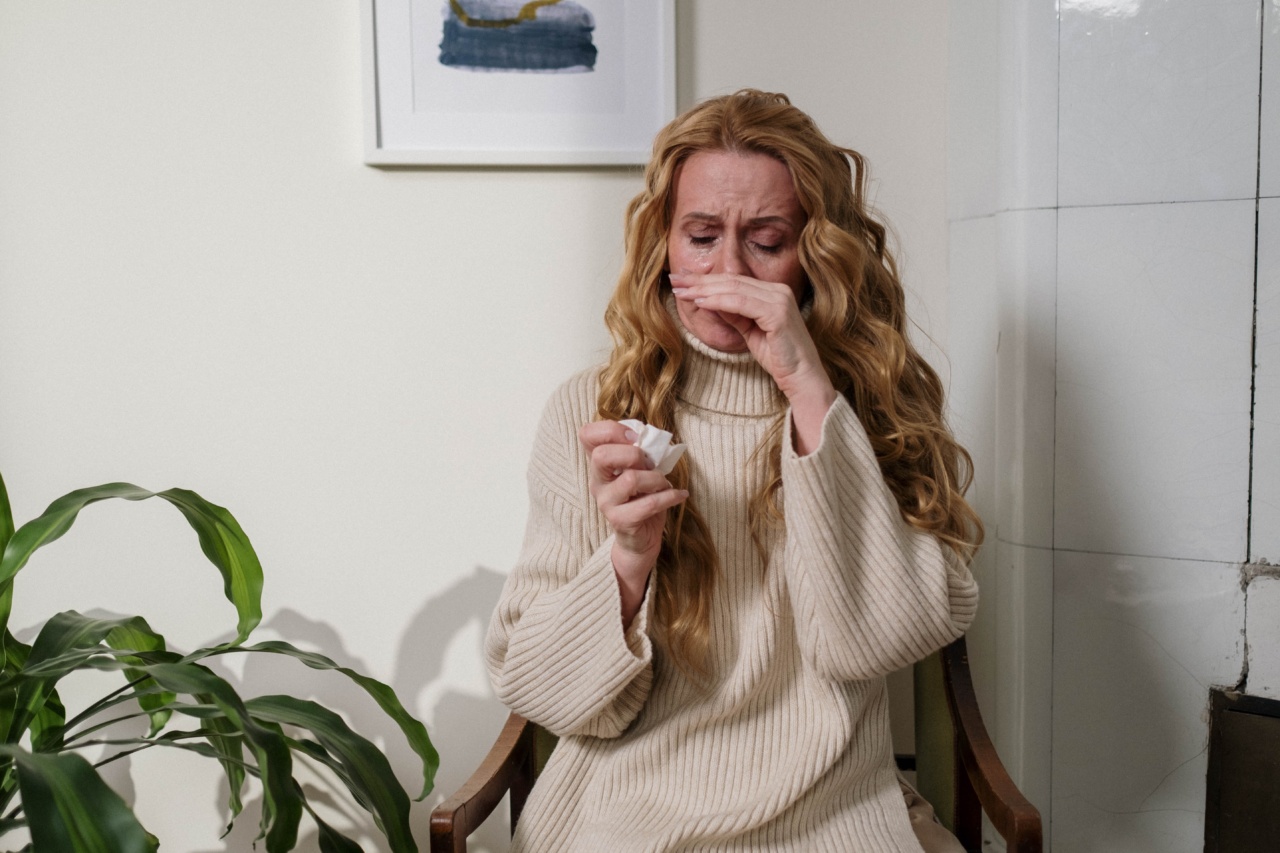Have you ever heard the phrase “the eyes are the window to the soul”? Well, when it comes to our health, the face can actually provide quite a bit of insight.
Our skin, eyes, and facial expressions can give clues to what’s happening inside our bodies. Here are 30 visual cues of illness in the face to be aware of:.
1. Yellow skin
Yellowing of the skin can be a sign of liver disease, such as hepatitis or cirrhosis. It can also be a symptom of pancreatic cancer, as well as other types of cancer that affect the liver or bile ducts.
2. Dark circles under the eyes
Dark circles under the eyes can be caused by a lack of sleep, but they can also be a sign of allergies or dehydration.
3. Puffy eyes
Puffy eyes can be a sign of allergies or dehydration, but they can also be a sign of an overactive thyroid or kidney disease.
4. Redness around the eyes
Redness around the eyes can be caused by allergies or a lack of sleep, but it can also be a sign of an eye infection or thyroid disease.
5. Drooping eyelid
A drooping eyelid can be a sign of a stroke, as well as other neurological disorders like myasthenia gravis.
6. Dry, flaky skin
Dry, flaky skin can be caused by a number of things, including dehydration, eczema, or psoriasis. It can also be a sign of an autoimmune disorder like lupus.
7. Rash or hives
A rash or hives can be a sign of an allergic reaction or an autoimmune disorder like lupus or psoriasis. It can also be a symptom of an infection like measles or chickenpox.
8. Swollen lymph nodes
Swollen lymph nodes can be a sign of an infection or an autoimmune disorder like rheumatoid arthritis or lupus. It can also be a symptom of certain types of cancer, such as lymphoma.
9. Pallor
Pallor, or paleness of the skin, can be a sign of anemia or blood loss. It can also be a symptom of hypothyroidism or kidney disease.
10. Flush or blush
A flush or blush can be caused by a number of things, including embarrassment or exertion. But it can also be a sign of certain types of cancer, like leukemia or lymphoma.
11. Dry lips
Dry lips can be caused by dehydration or a vitamin deficiency. But it can also be a sign of an autoimmune disorder like lupus or sarcoidosis.
12. Blue lips or fingers
Blue lips or fingers can be a sign of low oxygen levels in the blood, which can be caused by a number of things, including lung disease or heart failure.
13. Swollen cheeks
Swollen cheeks can be a sign of a dental abscess or infection. It can also be a symptom of certain autoimmune disorders, like Sjogren’s syndrome or lupus.
14. Sunken eyes
Sunken eyes can be caused by dehydration or lack of sleep. But it can also be a sign of malnutrition or an autoimmune disorder like lupus or scleroderma.
15. Drooping mouth
A drooping mouth can be a sign of a stroke or Bell’s palsy, which is a condition that causes temporary paralysis of the facial muscles.
16. White spots in the mouth
White spots in the mouth can be a sign of several conditions, including thrush or leukoplakia. It can also be a symptom of certain types of cancer, like oral cancer or lymphoma.
17. Pale tongue
A pale tongue can be a sign of anemia or iron deficiency. It can also be a symptom of certain types of infections, like a yeast infection in the mouth.
18. Yellow tongue
A yellow tongue can be a sign of a liver or gallbladder problem. It can also be caused by smoking or poor oral hygiene.
19. Blue tongue
A blue tongue can be a sign of a lack of oxygen in the blood. It can also be caused by using certain medications or exposure to chemicals.
20. Swollen tongue
A swollen tongue can be a sign of an allergic reaction or an infection. It can also be a symptom of certain conditions, like hypothyroidism or Sjogren’s syndrome.
21. Dry tongue
A dry tongue can be caused by dehydration or certain medications. It can also be a sign of Sjogren’s syndrome, which is an autoimmune disorder that affects the salivary glands.
22. Red tongue
A red tongue can be a sign of a vitamin deficiency or anemia. It can also be a symptom of certain infections, like scarlet fever or Kawasaki disease.
23. Grey tongue
A grey tongue can be a sign of poor oral hygiene or smoking. It can also be caused by certain medications or a fungal infection.
24. Black tongue
A black tongue can be caused by certain medications or poor oral hygiene. It can also be a sign of certain conditions, like oral cancer or melanoma.
25. Wrinkles or fine lines
Wrinkles and fine lines can be caused by aging, but they can also be a sign of sun damage or dehydration.
26. Sunburn
A sunburn can be a sign of overexposure to the sun. It can also increase your risk of developing skin cancer.
27. Acne or pimples
Acne and pimples can be caused by a number of things, including hormonal imbalances, stress, or poor diet. But it can also be a symptom of certain conditions, like polycystic ovary syndrome or an autoimmune disorder.
28. Excessive hair growth
Excessive hair growth can be caused by hormonal imbalances, like polycystic ovary syndrome or thyroid disease. It can also be a symptom of certain medications or anabolic steroid use.
29. Facial paralysis or weakness
Facial paralysis or weakness can be a sign of a stroke or Bell’s palsy. It can also be a symptom of certain neurological disorders like multiple sclerosis or Guillain-Barre syndrome.
30. Unusual facial expressions
Unusual facial expressions can be a sign of certain conditions, like Parkinson’s disease. It can also be a side effect of certain medications.
Conclusion
As you can see, our faces can provide a lot of insight into our health. While not every symptom on this list is cause for alarm, it’s important to pay attention to any changes in your appearance and talk to your doctor if you have any concerns.
Remember, early detection and treatment can make all the difference when it comes to managing your health.































